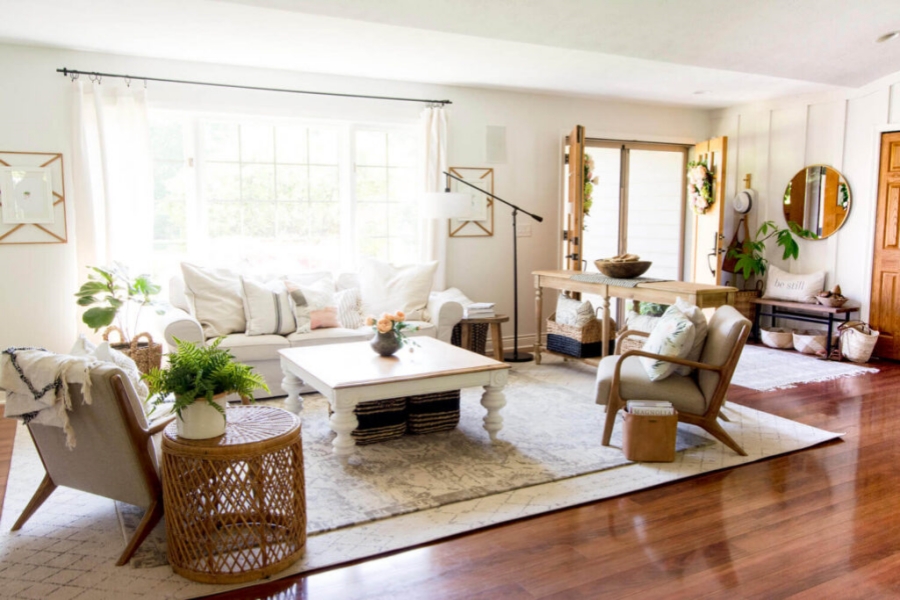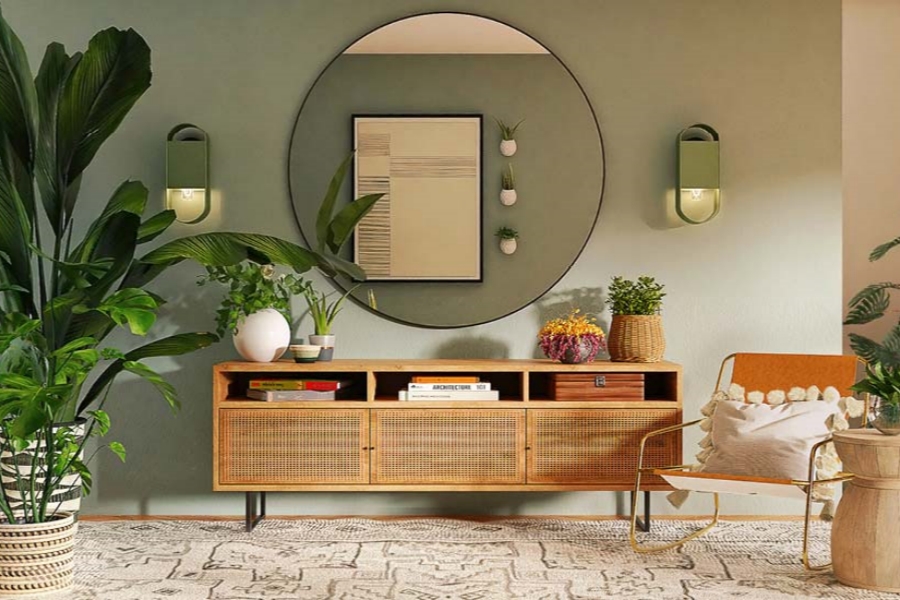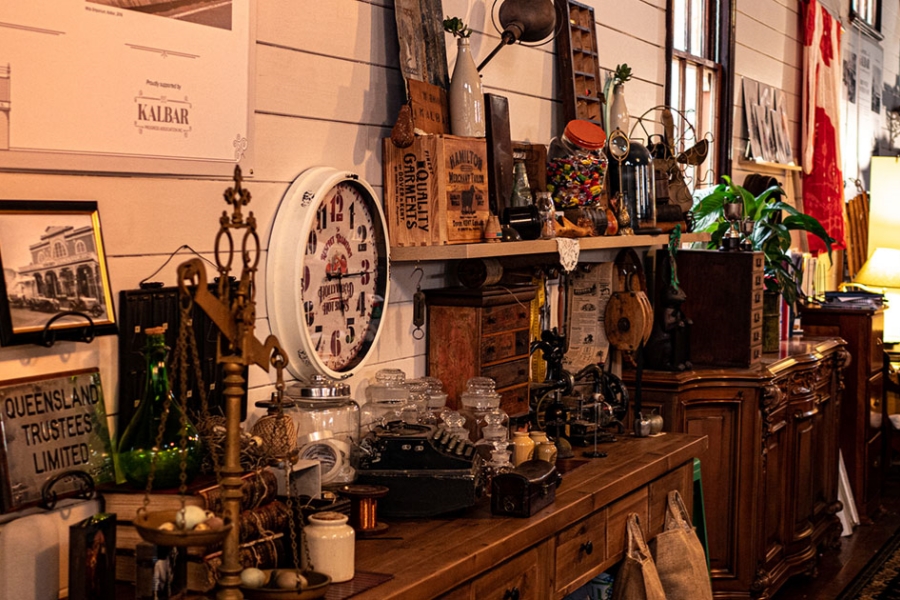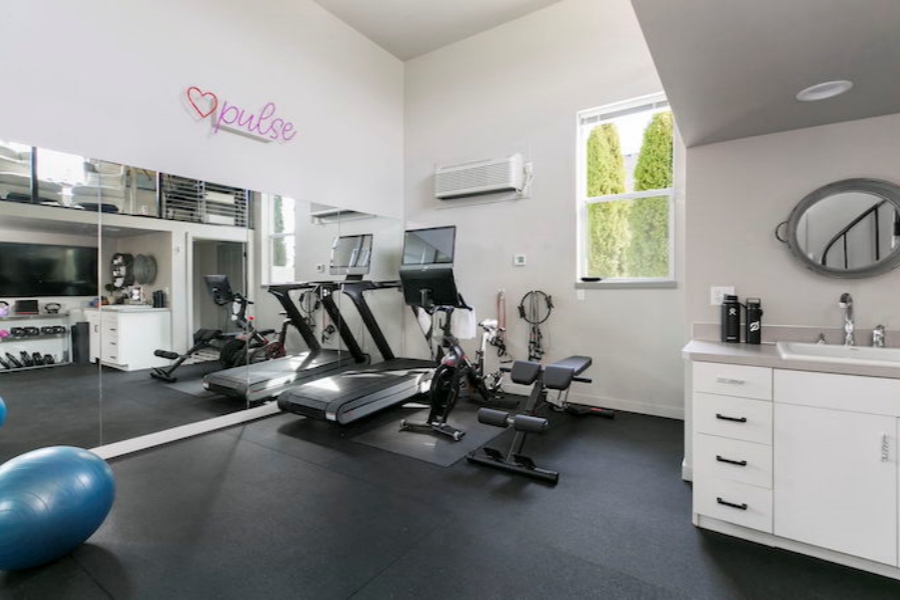In essence, biophilic design is about bringing the outdoors in. This can be achieved in myriad ways, from the inclusion of indoor plants and green walls to the use of natural materials like wood and stone. By incorporating these elements, we not only enhance the aesthetic appeal of our homes but also create a soothing, restorative environment that can positively impact our well-being.
Lighting plays a pivotal role in biophilic design. Maximizing natural light through large windows, skylights, or translucent materials can mimic the outdoor experience, promoting a sense of calm and balance. Moreover, the strategic use of artificial lighting can emulate the warm glow of a sunset or the cool brightness of a sunny day, further enhancing the natural ambiance.
Textures and patterns inspired by nature also form an integral part of biophilic design. Think wallpapers with leaf motifs, rugs with organic patterns, or upholstery with floral prints. These elements can add a subtle touch of nature to your interiors, creating a harmonious blend of indoor and outdoor spaces.

Finally, biophilic design promotes sustainability. By opting for eco-friendly materials and energy-efficient appliances, we can reduce our environmental footprint while creating a home that’s in harmony with nature.
Biophilic design offers a fresh, holistic approach to home decor. It not only enhances the aesthetic appeal of our homes but also promotes well-being and sustainability. As we continue to strive for balance in our lives, the incorporation of biophilic design in our homes can serve as a gentle reminder of our intrinsic connection to the natural world.




